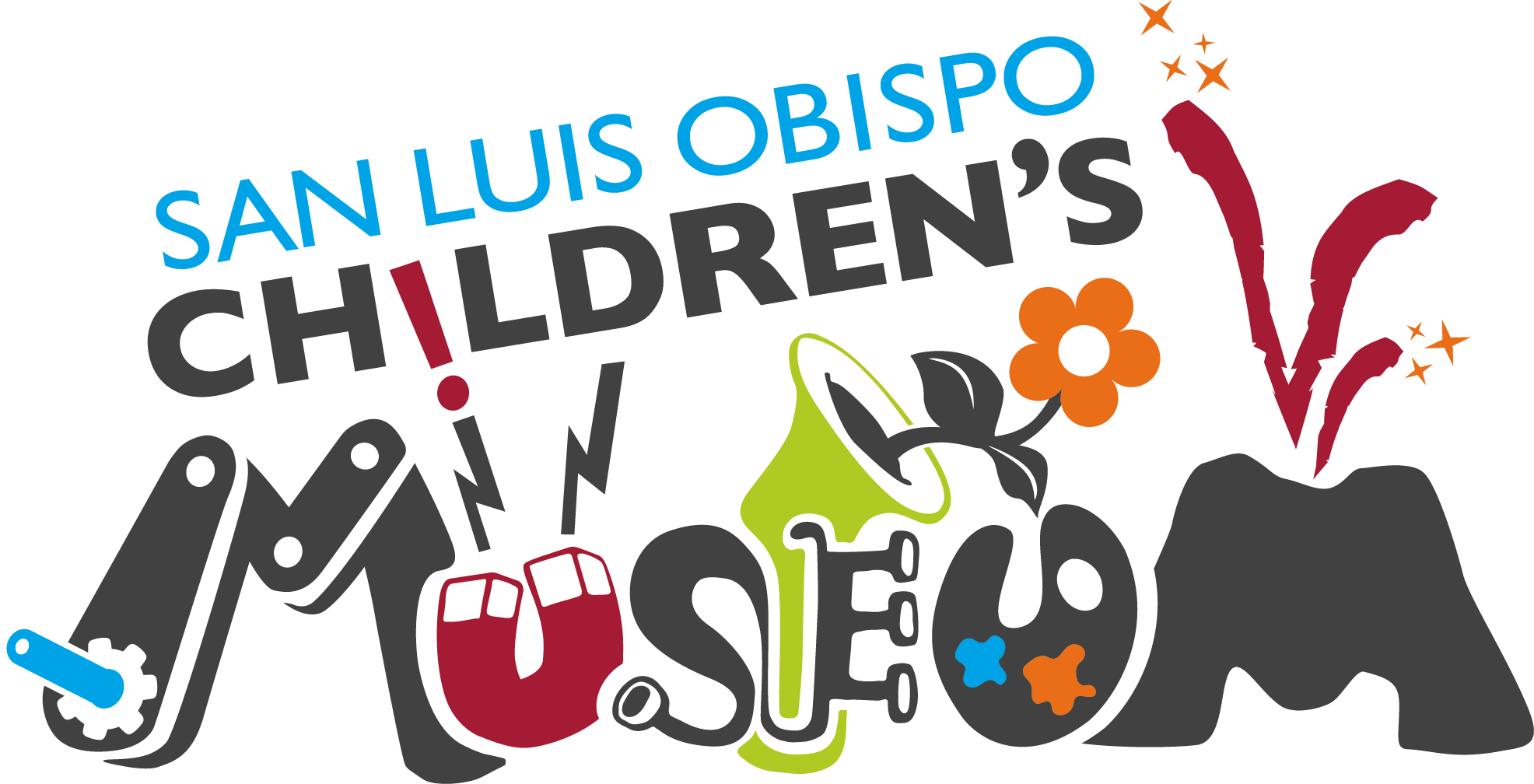Bees are important!
Bees Welcome Here packets available at admissions while they last! Through discovering the journey of the tiny honeybee, our young guests will investigate the natural world and their place in it, as well as gain an interest in - and appreciation for - learning about science. And, children who are gentle with animals are more likely to be respectful, empathetic humans.
Let’s make a difference!
Make Honey Play Dough!
Honeybees gather pollen or nectar in order to create honey. The honey is then used to feed their young and to eat during cold winter months.
Make the dough:
Put the 2½ cups of flour and ½ cup salt in the first bowl, and mix together.
Have an adult boil the water on the stove.
In the second bowl, mix together the cream of tartar, hot water, vegetable oil, and the honey.
Now, slowly add the wet ingredients to the dry ingredients and mix to combine. If the mixture looks too wet, add in the extra ¼ cup of flour.
Knead the dough on a cutting board sprinkled with flour. Keep kneading the dough until it is soft and easy to mold with your hands. If it seems too dry, add a teaspoon or two of oil.
Your honey play dough is ready! Can you form a bee shape with the dough? A beehive? Flowers?
To store the dough for several months, put it in an air-tight container.
Ingredients and Supplies:
2 ½ cups flour (plus 1/4 cup for later, if needed)
½ cup salt
2 tablespoons cream of tartar
1½ cups of boiling water
1 tablespoon vegetable oil
2 tablespoons honey
two bowls
one pot
Beekeepers!
Beekeepers are also called honey farmers or apiarists (the word api is Latin for bee). Beekeepers keep and care for honeybees in beehives or boxes, and retrieve the honey found inside. Some keepers raise bees for the fun of it and because it’s interesting. They may also make a bit of money by selling honey, pollen, and beeswax.
Inside the hive, the group of bees is referred to as a colony. Each colony has 1 queen bee, female worker bees, male drones, and brood – eggs, larvae, and pupae (baby bees!). A bee colony will have 10,000 to over 60,000 bees.
Bees will sting is if they feel their hive is being threatened or if you accidentally hurt them. Beekeepers wear protective clothing to keep them from getting stung: bee suits, hats with veils, and gloves



